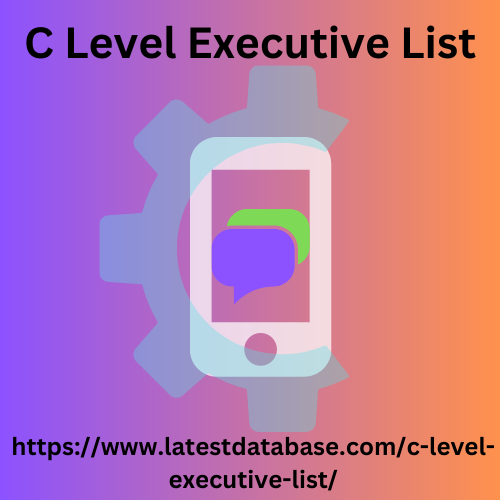Post by account_disabled on Mar 10, 2024 9:52:36 GMT
The top level consists of schema types, while the bottom level is all about defined properties. Popular schema types include (but are not limited to): Article How-to Breadcrumb FAQ Carousel Job posting Event Recipe Local business recognizes many different schema types, each with its own ability to showcase that content type in unique, attractive ways on SERPs. For example, a review markup can generate a search result that features a star rating. Meanwhile, a recipe markup can help a cake or pulled pork recipe shine on result pages using photos and ingredient lists.
Schema markup vocabulary As you explore schema markup further, you’ll need C Level Executive List a working understanding of some key vocabulary terms that you’ll run into along the way. A few to know right off the bat include: Types: Each schema type, like the examples listed above, correlates to a different set of properties. Collectively, these types occupy a larger hierarchy. Properties: Within each schema type, you’ll find additional data describing the attributes of a specific subject and its relationships to other subjects.

These are called properties. Items: Items are individual objects within a list or feed—for example, a particular musician in a running list of musicians. Together, these components work to organize, define, and present datasets and information in a way that’s easy for Google to understand. Microdata, RDFa, and JSON-LD When it comes to implementing schema markup, there are three specific formats to know. Here’s a closer look at them. Microdata: This format consists of HTML5 tags designed to make various HTML elements more readable by crawl bots and machines.
